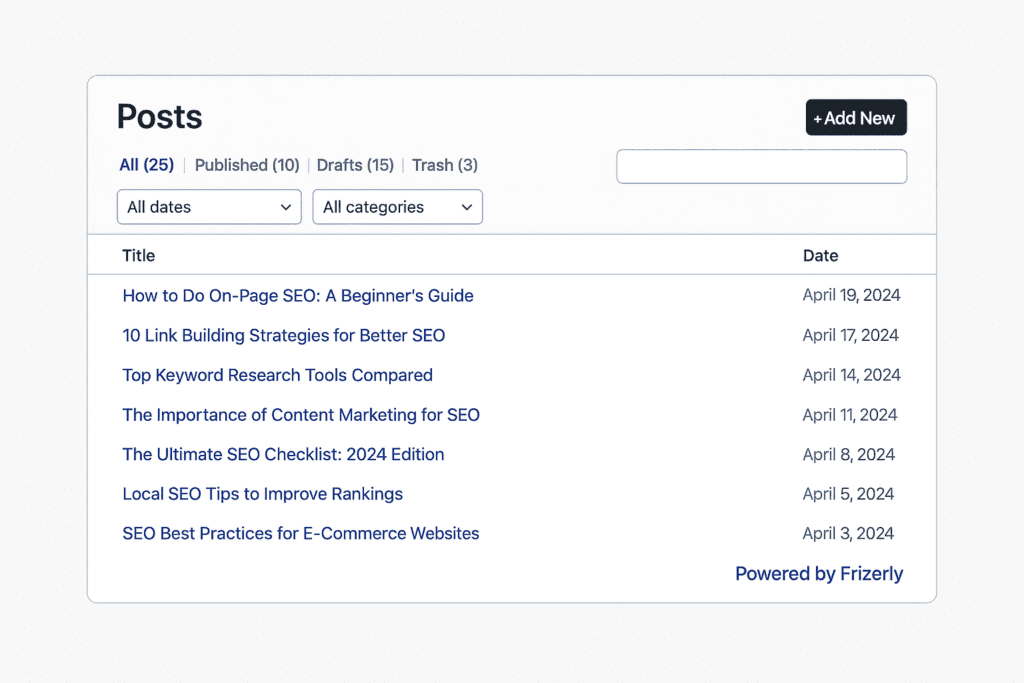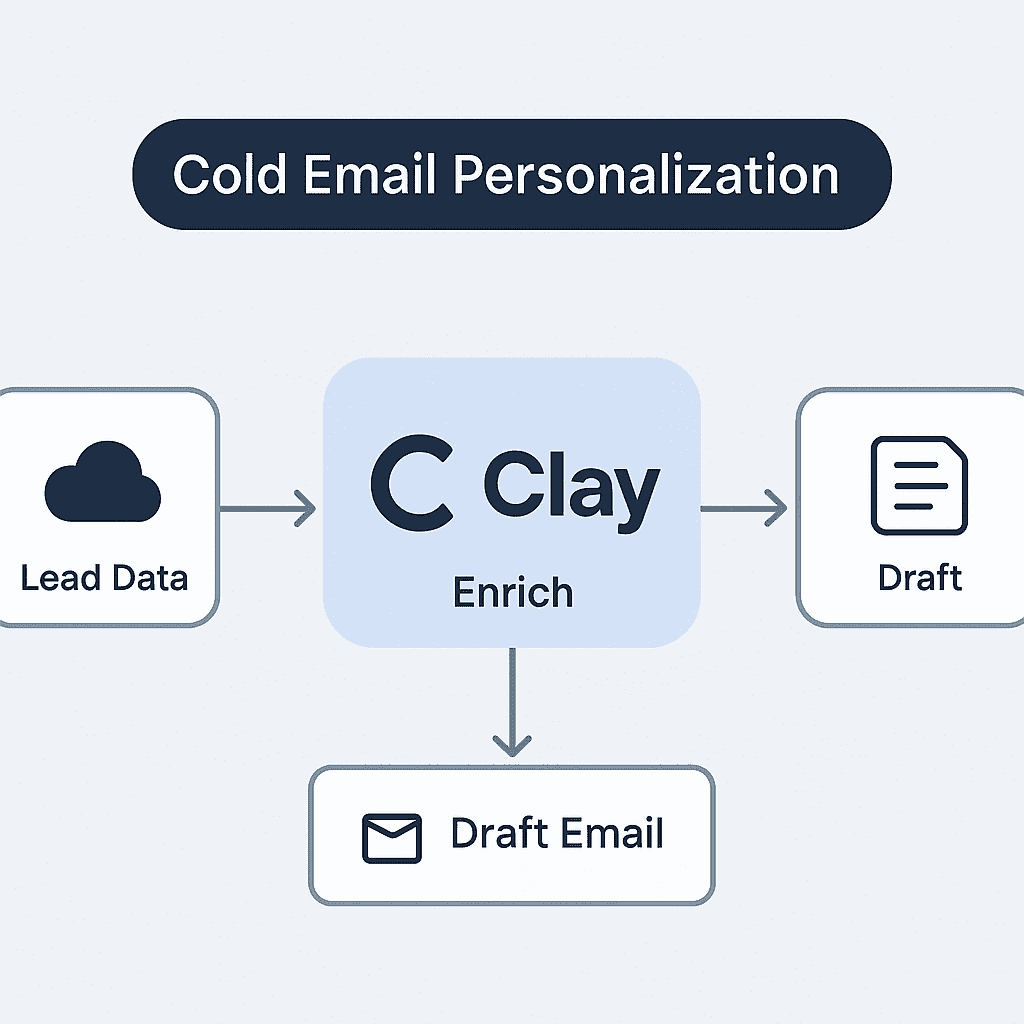There are AI marketing tools everywhere. But which ones actually help — and which are just hype?
That’s the question I wanted to answer. So, over one long weekend, I dove in and tested more than 30 of them.
I wasn’t expecting much, honestly. I figured most would feel like clunky tech demos. But a few stood out — tools I now use daily to write, design, automate, and plan.
In this post, I’ll show you the five that made the cut.
Each one saved me time, improved my results, or just made marketing easier.
Curious which tools made my shortlist?
Let’s get into it.
Table of Contents
5 Game-Changing AI Marketing Tools You’ll Want to Try Now
With AI marketing, once you find the right tools, everything gets lighter. You stop wasting hours and start focusing on what actually moves the needle.
I tested over 30 tools, and here are the five I keep going back to.
1. Create High-Quality Marketing Videos with Google Veo
If you’ve ever tried to make a promo video from scratch, you know it can be a pain.
Script. Shoot. Edit. Tweak. Repeat.
With Google Veo, it’s nothing like that.
You just type a prompt like:
“Product demo for a new fitness tracker, energetic tone, outdoor background” —
And Veo spits out a full, AI-generated video. Footage, scenes, transitions. Done.
What shocked me was how polished it looked.
It wasn’t just random stock clips mashed together. It actually matched the mood and message I had in mind.
A few things I loved:
- No editing skills needed
- You can iterate fast with new prompts
- It feels like working with a real creative team
I’ve used it for Instagram Reels, landing page demos, and even test ads.
Compared to tools like Sora or Runway, Veo felt more reliable and intentional.
If video content is on your radar, this is a tool worth trying.
2. Design Ads and Graphics Fast with Playground
Let’s be honest: Canva is great, but sometimes you still hit a wall.
Templates start looking the same. Or you just want something custom.
That’s where Playground blew my mind.
It’s like a design assistant that speaks marketing fluently.
You can literally type:
“Facebook ad for a 50% off summer sale, bright colors, minimal style” —
And Playground generates designs that look like they came from an agency.
I used it to:
- Mock up Facebook ads
- Create Pinterest pins
- Build banner sets for product launches
The time saved? Wild. I used to spend hours tweaking layers and fonts. Now it’s minutes.
Even better, you can ask it to match your brand colors or provide alternate layouts for A/B testing.
No more back-and-forth with freelancers just to get version 2.
If design work is slowing down your campaigns, Playground is a solid shortcut.
3. Automate Blog Posts on WordPress Using Frizerly

This one surprised me.
I thought it’d be just another “AI SEO tool” promising to rank my blog posts overnight.
But Frizerly does something different.
It connects directly to your WordPress site… and auto-publishes content based on your keyword list.
That’s right — it pulls your top target keywords, writes full blog posts around them, and schedules them for publishing.
Hands-off blogging? Pretty much.
Here’s how I used it:
- I plugged in 50 long-tail keywords I was targeting
- Frizerly created a content calendar for the next 60 days
- It handled the writing, formatting, internal links, even image generation
Do I still review the posts before they go live? Yes.
But the heavy lifting is already done.
I wouldn’t rely on it for high-stakes thought leadership, but for consistent SEO content? It’s perfect.
Bonus: It also helps with topic clustering and interlinking — which I usually forget to do.
4. Send Better Cold Emails and LinkedIn Messages with Clay

Email outreach is tedious.
And cold LinkedIn messages? Even worse.
I used to spend hours manually crafting intros, personalizing lines, checking company news… you know the drill.
Clay made that process nearly frictionless.
Here’s the idea:
- You upload your list (emails, LinkedIn profiles, or company names)
- Clay enriches the data — job titles, recent funding, tech stack, etc.
- Then it generates tailored outreach emails using that info
Think:
“Hey [Name], I saw your team at [Company] just expanded to [New Region] — we’ve helped similar brands scale quickly with [Solution]. Want to chat?”
It’s like Apollo + ChatGPT had a baby.
But less clunky.
I’ve run 3 campaigns through Clay so far, and the reply rate jumped by 40%.
Not bad for something I barely touched after setup.
If you’re doing B2B, this is a time-saver that pays for itself.
5. Test and Improve Your Ads with Plai’s AI Tools
Running ads is part art, part math.
But most of us are just guessing until the budget’s gone.
Plai made ad testing way more efficient.
It lets you:
- Create multiple ad variations using AI copy and design
- Test them across Google Ads or Facebook
- Automatically identify the top performers
- Scale the winners — kill the losers
What I liked most was how it framed its suggestions.
Instead of “this one got more clicks,” it said things like:
- “Shorter headline = 18% better performance”
- “Emoji in description increased CTR by 24%”
- “Image style B performed better for mobile users”
It wasn’t just data — it was insight I could use.
I’ve used it mainly for eComm Google ads, but I can see it working for digital products, local services, or even YouTube.
You don’t need a full-time media buyer when you’ve got Plai.
A Few Other Honorable Mentions
While these five were my personal favorites, a few others kept popping up in Reddit comments and DMs:
- ChatGPT (obviously) — for content ideas, outlines, ad scripts
- Claude — great for long-form writing with a more natural tone
- Perplexity — fast research summaries for content planning
- Midjourney — if visuals are your thing
- Surfer SEO — for optimizing blog drafts
- Dripify — LinkedIn automation that doesn’t feel spammy
Depending on your workflow, some of these could be solid additions to your stack.
What I Learned from Testing 30+ AI Marketing Tools
Here’s the thing: most AI tools are either super promising… or super disappointing.
But once in a while, you find one that clicks.
It does exactly what you need — without getting in your way.
A few takeaways from this whole experiment:
- Don’t pay for everything upfront — most tools have free trials
- Pick one area to optimize first (emails, blogs, ads, etc.)
- Stack tools that play well together
- Check Reddit threads — people are more honest there than on review sites
Also: Some tools won’t work for you — and that’s fine.
Your workflow might be different. Your business might have other needs.
Test, tweak, and move on.
Final Thoughts (And a Quick Recap)
If you’re deep into AI marketing or just getting started, here’s what I’d say:
Start small.
Pick one problem you’re tired of solving manually.
Then try a tool that helps fix it.
For me, these five did exactly that:
- Google Veo — quick video content
- Playground — easy, pro-level design
- Frizerly — blog automation with SEO in mind
- Clay — smarter outreach, less effort
- Plai — real ad testing insights without the overwhelm
Some tools saved me hours. Some made my content better.
Some did both.
And if you need help with utilising these tools fully, then this article on smart ways to use AI for marketing would be a great resource.
Now it’s your turn.
Got a favorite AI tool I should try next?
Drop it in the comments — I’m still testing.



